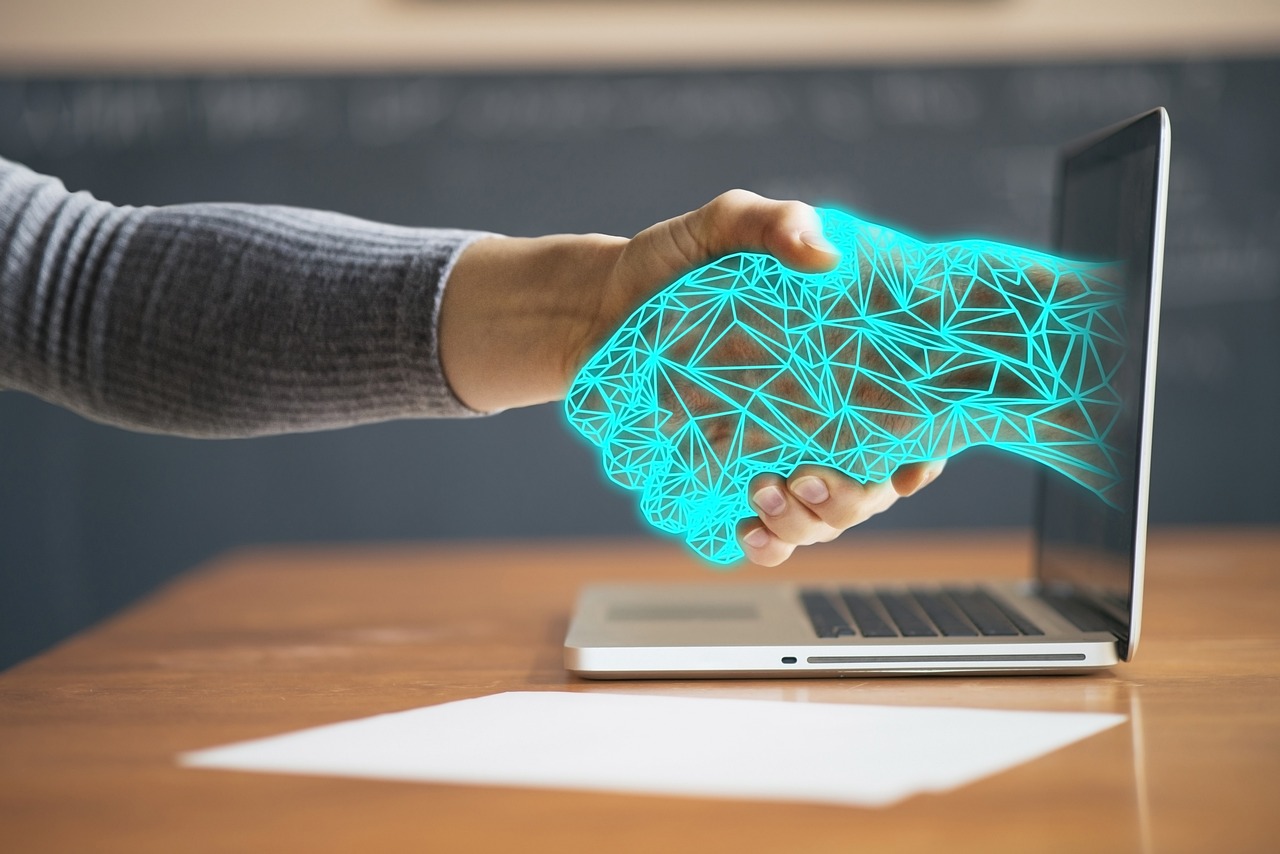
The Bold Choice to Be human
We’re rushing headlong into the generative AI revolution.
That means we aren’t taking time to think. The first-in-wins pace of innovation doesn’t allow for that.
And we’re making assumptions about its quality, effectiveness, and ability to slash the costs of humans with no repercussions.
- “It’s here.” Got it, not arguing that.
- “It will only get better.” Got it, not arguing that.
- “Companies are already using it and seeing obvious new efficiencies being created.” Got it, not arguing that.
But as we’re getting hyper-excited about generating mass content at scale and firing creatives, let’s take at least a second to ask ourselves if we really believe human interaction is largely expendable.
It’s not that human connections can’t be made digitally. It’s a very poor substitute for the real thing, but it can be done.
What can’t be done is for human connection to happen when one of the two humans isn’t one.
Yes, people are “falling in love” with AI-generated avatars. But it’s a product. It’s right up there with people who want to marry their cars.
What can’t be done is for human connection to happen when one of the two humans isn’t one.
So in this age of inhuman, why should brands zig as the world zags and strive to be as human as possible?
Because customers are starving for connection to and engagements with their own kind. And that’s now getting harder to find.
The list of current catalogued epidemics is vast: loneliness, isolation, helplessness, depression, anxiety. These are not the things better algorithms are remedies for.
One wonders how we even got here. Weren’t Millennials and Gen Z the generations espousing inclusion and authenticity? Yet their contribution has turned out to be keeping people at arms-length and deep fakes.
The cliched response to any questioning of AI has become, “We’re still doing authentic human communication. AI is just a tool that helps us do that better!” As if that’s a “get out thinking deeper about it free” card.
Your human customers want realness, relatability, real human experiences, real human help, real and original opinions, and to feel a caring connection.
Instead, we put up walls designed to keep customers away from our people. We offer outdated knowledge bases that rarely cover the things they need help with. We offer no means of contact with human customer service. And we’ve moved from vague chatbots to smarter AI chatbots that still, after awkward, time-wasting interactions, call for a person to truly understand the problem and offer immediate resolution.
The cliched response to any questioning of AI has become, “We’re still doing authentic human communication. AI is just a tool that helps us do that better!” As if that’s a “get out thinking deeper free” card.
As for the content swamping the web, we’ve gone from quality-always to quantity-only.
What’s of real value to human readers and viewers?
- Expert insights earned from real life experience
- Real-world customer experiences
- Personal opinions
- True thought leadership (not regurgitating what everyone else has already said)
All stuff AI can’t (at least not yet) do, because AI has not lived a human life.
I’d suggest the human element is not only still vitally important, it’s now a golden differentiator opportunity. Because without it, the kind of connections that actually mean something to your customers can’t be made.
I’m with everyone else, AI is utterly amazing. But it’s designed to be, at its core, a shortcut. We may be taking a shortcut around the very things we don’t want to avoid.
